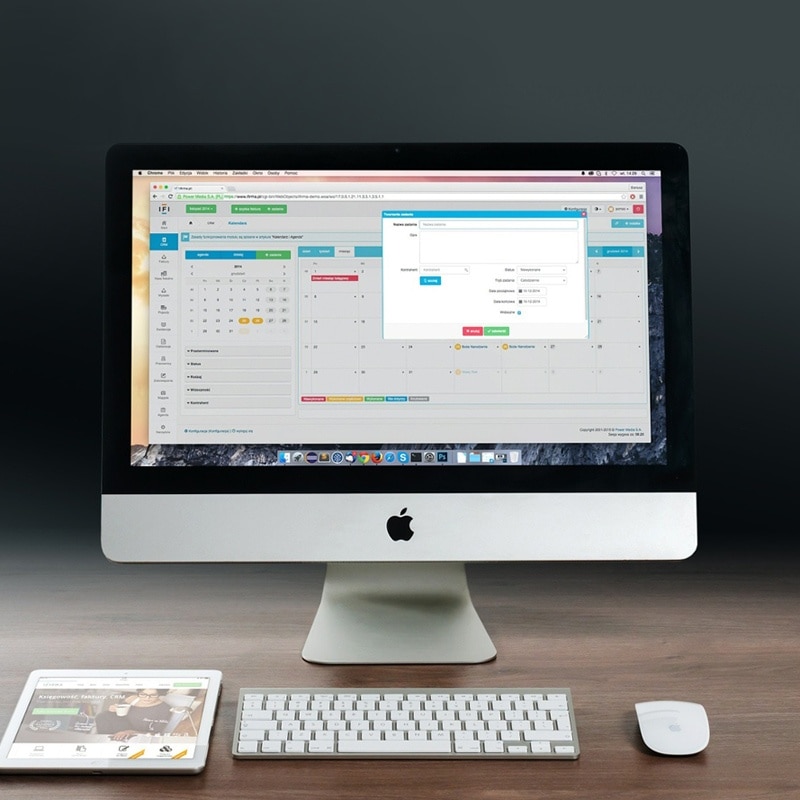1. Sales cycle length
Very simply, how long does it take to close the deal? Generally a shorter sales cycle = more time for more sales, so it’s important to bring this cycle time down to as short as possible.
When looking at your sales team as a whole, this metric helps you measure the overall efficacy of the methods you’re using and the quality of your sales leads. When looking at individual sales team members, it can be used to identify who is closing deals in the shortest time - and how that can be replicated across the team.
Pay close attention to the the average length of your sales cycle over time. That average should remain steady and if there are any sudden changes, it’s worth having a look at all the factors that might be causing that change.
2. Quote to close ratio
This is the number of quotes sent out compared to number of deals closed. This ratio is a good indicator of whether or not you are targeting the right potential customers. Measured on an individual level of each member of the sales team, it reflects performance, and efficiency in the closing process.
3. Opportunity win rate
This is a metric that takes all the opportunities identified and tracks how many of them end up as a sale. Use this metric to ensure that no valuable leads are slipping through the cracks.
4. Average deal size per salesperson
Tracking the average deal size per salesperson is a metric you can use to track the individual performance of your sales team members. On a higher level, this metric can be compared to your revenue goals and helps you evaluate the quality of leads and whether you’re targeting the right audience.










